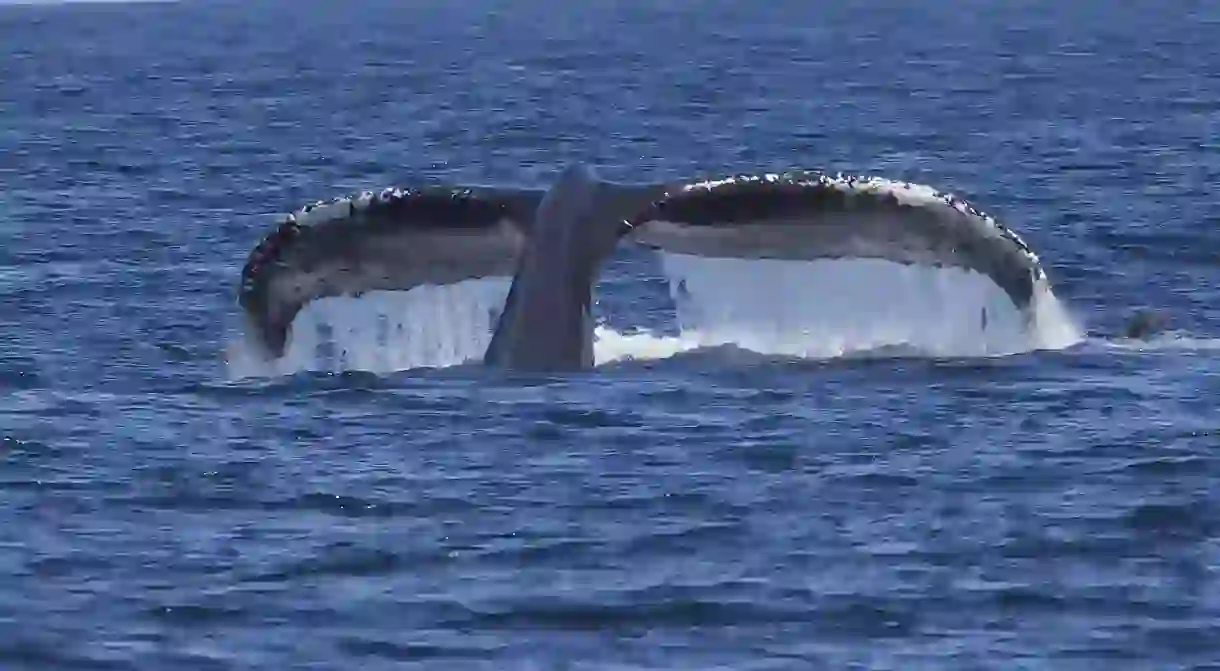The Ultimate Guide to Whale Watching in Peru

If you head to Peru during the months of July and October, you’ll likely get the chance to take a trip to see the unforgettable sight of humpback whales breaching from the water. It is a remarkable experience that doesn’t present itself too often. Go to the beach city of Mancora in the north of Peru to catch some waves, sunbathe, and whale watch.
Where to Go, and When
It’s best to head to Mancora during the months of July and October, when humpback whales come from the cold waters of Antarctica to give birth. If you stay in Mancora, you can book a tour with one of the many agencies you’ll find along the boardwalk. Most of them will be connected to Pacifico Adventures, a tour company run by biologists. The company offers tours in French, English, and Spanish and gives comprehensive information both while you’re on the boat and when you head back to their museum after the tour. The company is legit and so is the tour. Expect to pay around 130 soles (US$40).
Mancora is in the north of Peru, about an hour and a half’s bus drive from the border with Ecuador. It’s a fishing village turned surfer and backpacker destination. Once a quiet spot along the Pan-American Highway like so many others seen from the bus window on the way to your next destination, today it bears only traces of its humble fishing past. As well as whale watching tours, there are plenty of other fun things to do in the area, such as surfing, going to mud baths, swimming with turtles and riding horses.
The Experience
You will most likely get plenty of glimpses of whales. You may get the chance to see mothers with their babies swimming alongside them, and male whales jumping out of the water to attract females. You’ll almost definitely see whales’ tails as they swim, and if you’re lucky, you’ll spot some jumping males.
What to Bring
Bring a camera or have your phone handy at all times. You won’t get any warning before the whales jump from the water, and you don’t want to miss that perfect photo. You’ll be out on the ocean, so you’ll also want to wear a hat to protect you from the sun, and bring a jacket, because the area is pretty windy. If you get seasick or aren’t sure if you will, don’t eat breakfast before go. The company provides snacks and water if you need them.
Another Option
There is another option – an option that is not recommended, but an option nonetheless. If you head to Los Organos, where the boats launch for the tours, you can take a small fishing boat driven by a local fisher. These boats are very small, they are slower, they don’t have bathrooms, and they make more noise, which scares the whales. This option is not recommended, but it is much cheaper, costing about 30 or 40 soles (US$9 or US$12).













